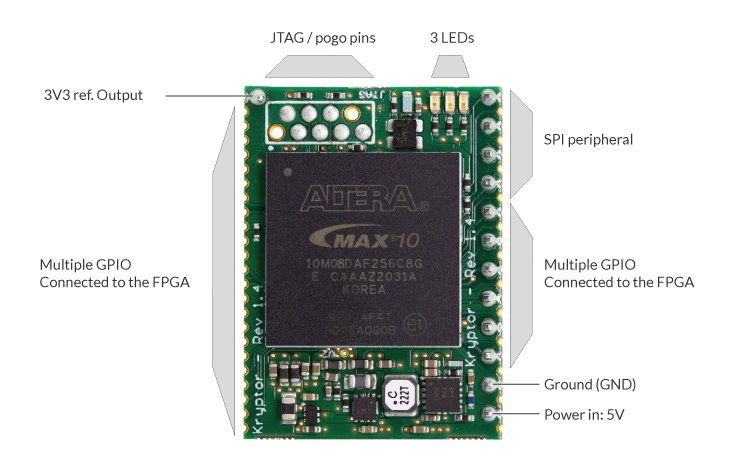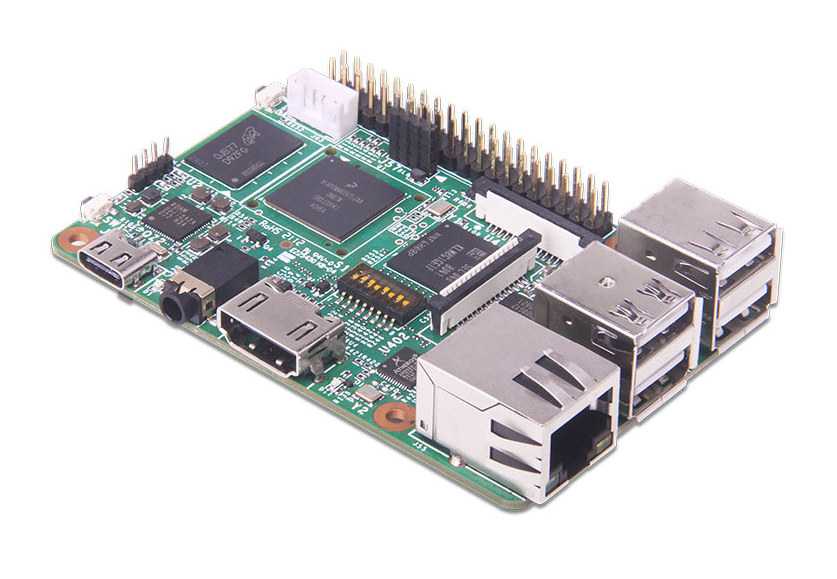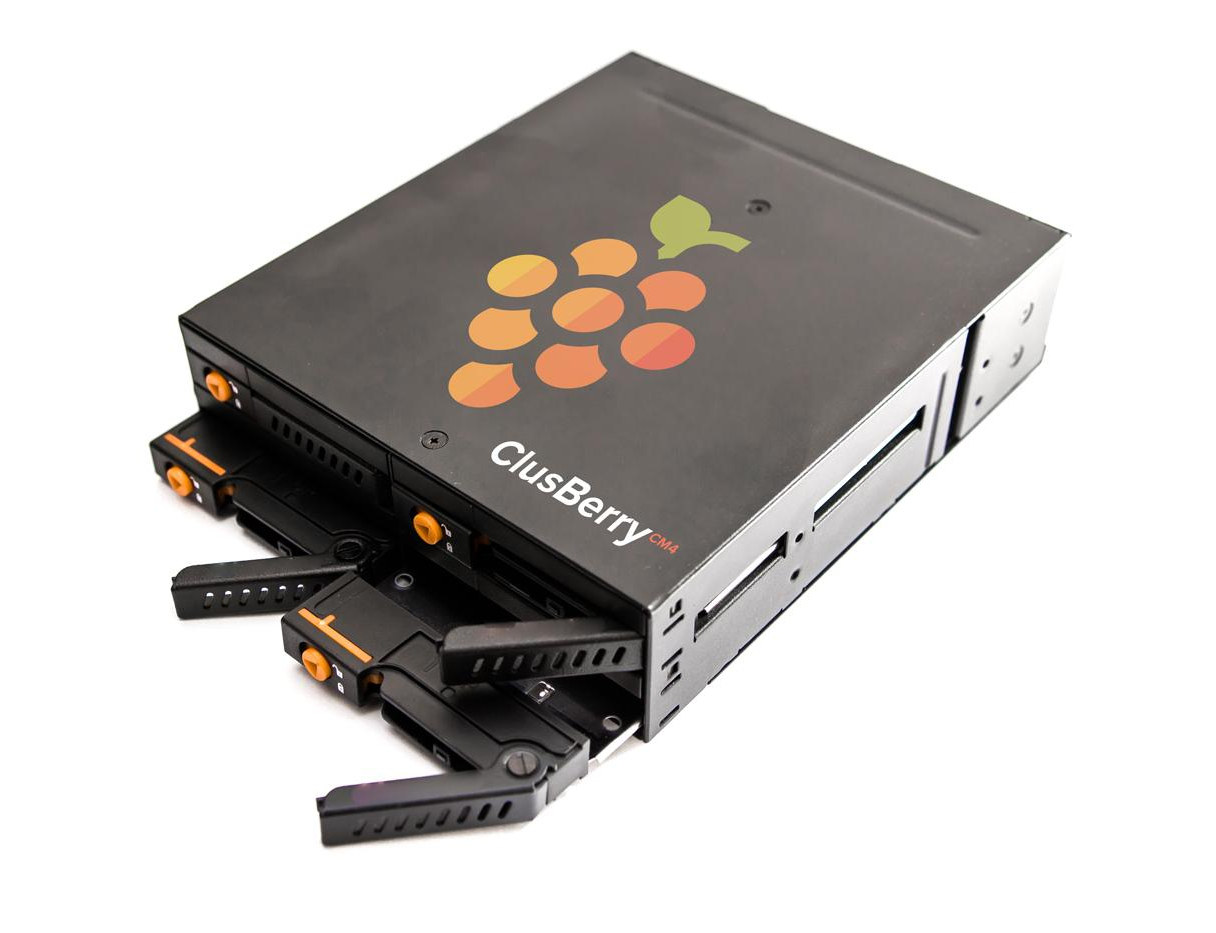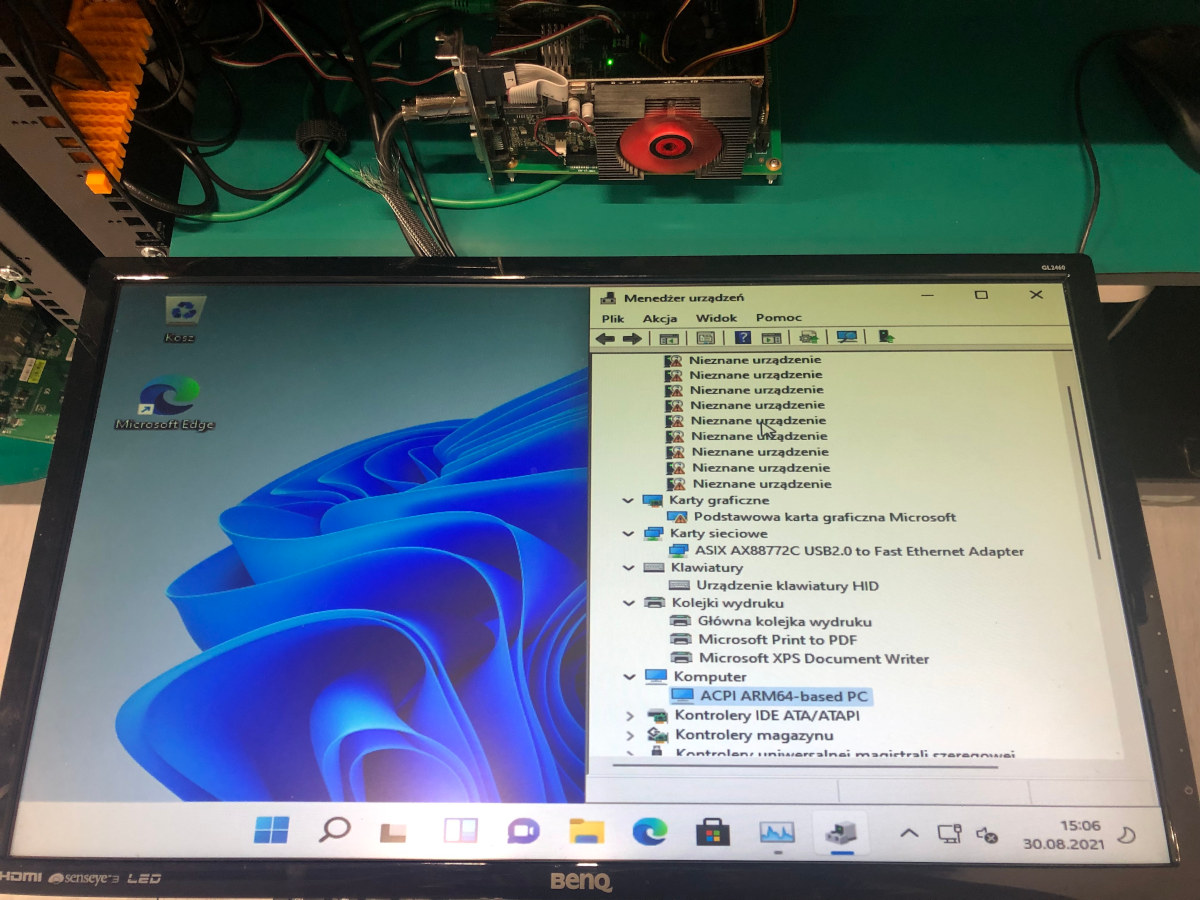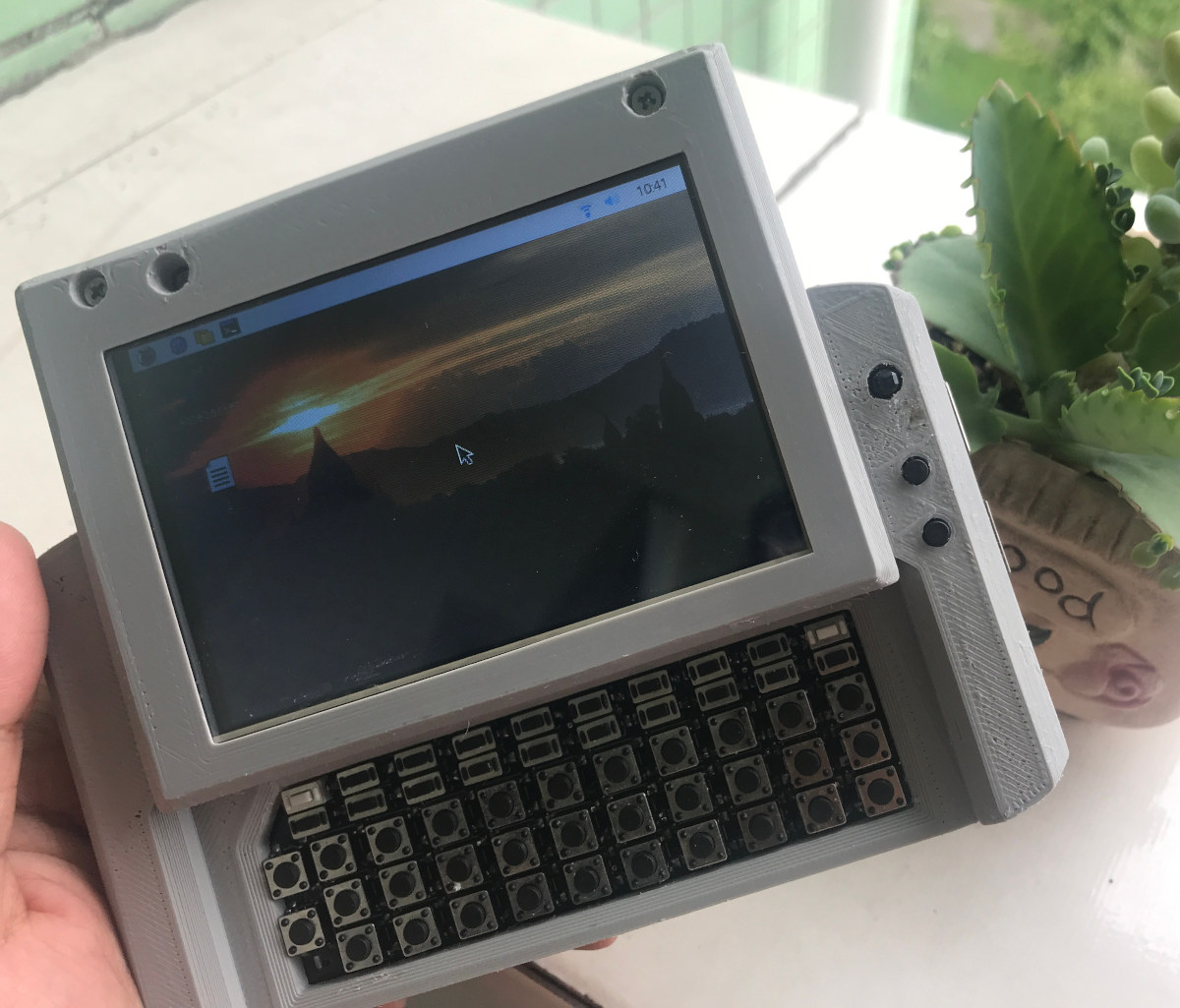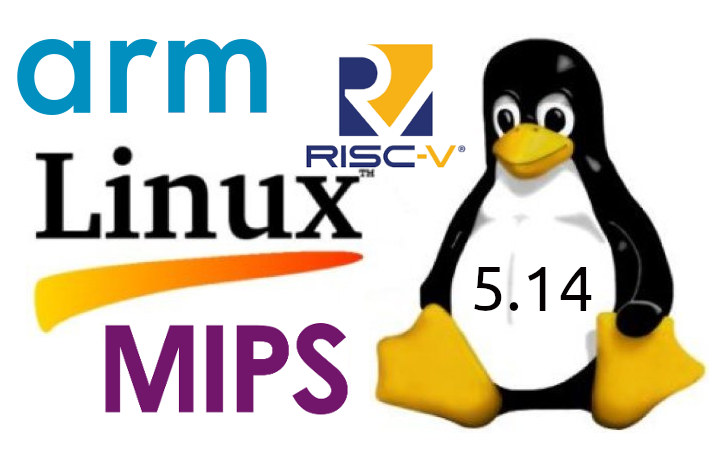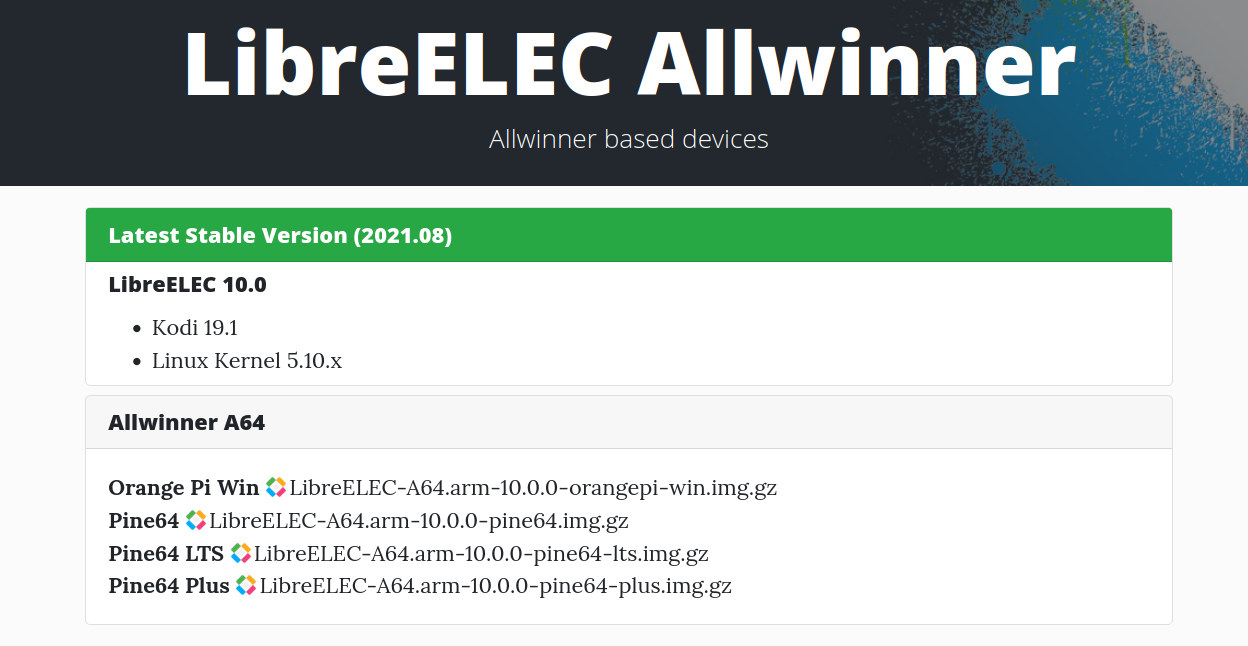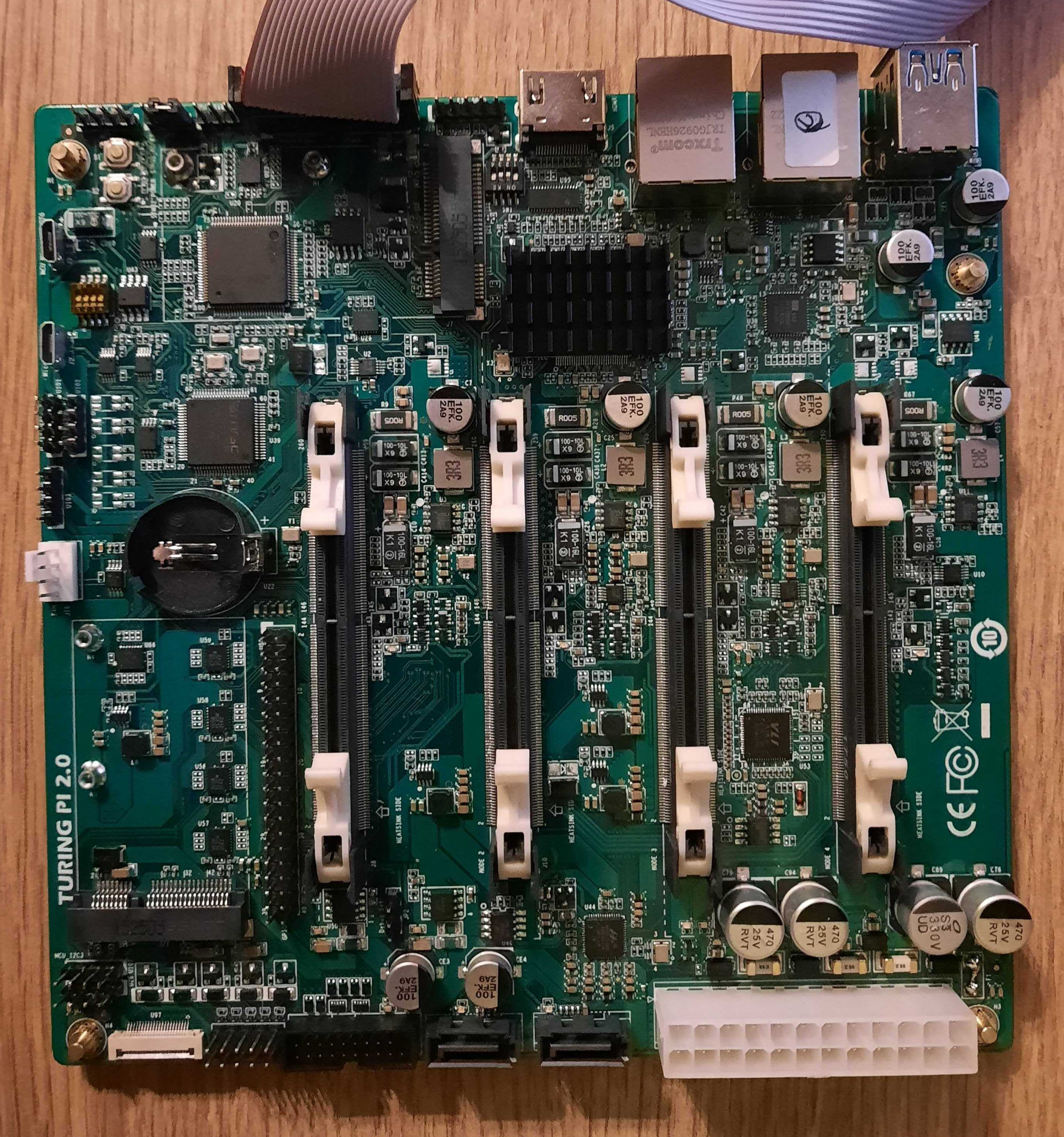Kryptor FPGA, sometimes just called Kryptor, is a compact Intel/Altera MAX10 FPGA development board mostly designed for encryption, and acting as a dedicated Hardware Security Module (HSM) with a custom soft-core from Skudo OÜ. But obviously, you could also use the FPGA board for other purposes. Hardware encryption can be quite more secure than software-based encryption with reduced attack surfaces, especially since data processing can be done in the FPGA RAM. The HSM can be used to encrypt files, videos, emails, IoT messages, etc… from various hardware platforms including Arduino and Raspberry Pi boards. Contrary to closed-sourced commercial solutions, the soft-core is open-source and as such can be verified by third parties to make sure there aren’t any backdoors or security flaws. Kryptor FPGA specifications: FPGA – Intel/Altera MAX10 8K LE ( 10M08DAF256C8G) FPGA @ 100 MHz with 8000 logic elements (LE), 1376 Kb flash, 378 Kb total RAM, up […]
Geniatech XPI-iMX8MM SBC offers NXP i.MX 8M Mini processor in Raspberry Pi form factor
Geniatech XPI-iMX8MM is a new member of the company’s XPI SBC family following Raspberry Pi 3 form factor and equipped with the 14nm NXP i.MX 8M Mini quad-core Cortex-A53 processor. The new board follows XPI-S905X (Amlogic S905X), XPI-3128 (Rockchip RK3128), and XPI-3288 (Rockchip RK3288) single board computer introduced over the last three years with many of the same features including HDMI output, four USB ports, Ethernet, and so on. Geniatech XPI-IMX8MM specifications: SoC –NXP i.MX 8M Mini quad-core Arm Cortex A53 processor @ up to 1.8 GHz with Cortex-M4 real-time core, 2D and 3D Vivante GPUs, 1080p60 H.265/H.264 video decoder, 1080p60 H.264 video encoder System Memory – 1GB (default) to 4GB LPDDR4 Storage – 8GB (default) to 128GB eMMC 5.x flash, MicroSD card slot Video & Audio Output HDMI 1.4 up to 4Kp30 3.5mm AV jack with composite video and stereo audio 2-lane MIPI DSI connector Camera – 2-lane MIPI […]
ClusBerry Rack houses up to four hot-swappable Raspberry Pi CM4 modules
TECHBASE ClusBerry Rack supports up to four Raspberry Pi CM4 based modules which can be added and removed on the fly thanks to a lockable mechanism that reminds me of hot-swappable drives found in NAS. Using the same ClusBerry I/O mainboards as found in the earlier ClusBerry 9500-CM4 and ClusBerry-2M industrial systems, each Raspberry Pi Compute Module 4 inside the ClusBerry Rack offer one Gigabit Ethernet port, one USB host, one micro USB service port, and an RS-232/485 serial port. TECHBASE is not the best company when it comes to describing its products, possibly because those are customizable, and in this case, they don’t show the other side of the enclosure with all ports… But based on the PDF we’ve received, you should be able to create a system with four modules offering the following features each: Optional video output – HDMI Networking – 1x Gigabit Ethernet port (option for […]
Windows 11 can run on Arm SystemReady ES platforms like Raspberry Pi 4, Solidrun SBC’s, etc…
While Windows 11 may have some problems running some x86 machines, I previously saw Windows 11 Arm on Raspberry Pi 4 with instructions telling you to download the images from UUP Dump and flash the ISO with Windows on Raspberry Pi Imager. At the time, I did not look into details, and it seemed was some hack involved, but I’ve just been told Windows 11 could also run without modification on some SolidRun’s single board computers, namely MacchiatoBin and CN913x CEx7 evaluation board. Marcin Wojtas explains Windows 11 Pro (version 22000.168) could be installed unmodified on an Arm computer based on MacchiatoBin mini-ITX board equipped with an NVIDIA Geforce GT630 GPU (using EFI Frame Buffer), a SATA SSD, connected through Ethernet (via USB2ETH), plus a mouse and keyboard. So what’s the trick, and what do Raspberry Pi 4 and a board like MacchiatoBin have in common? Answer: Arm SystemReady ES […]
MutantC V4 – DIY Raspberry Pi Handheld PC adds ESP32-S2 module
Earlier this year we wrote about Mutantc V3 DIY Raspberry PI UMPC after noticing a talk about it at FOSDEM 2021 online conference. MutantC V4 is a new version of the Raspberry Pi handheld PC that is both easier to build and cheaper. The new model replaces the Arduino Pro Micro board with a more compact ESP32-S2 module and offers a Lite version with even fewer parts (notification LED, IR blaster, IMU, etc..) to make it easier to build. The new MutantC v4 shares many of the same features of the previous versions: Supported SBCs – Raspberry Pi Zero, 2, 3, 4 and compatible. Wireless module for keyboard and other controls – Ai. Thinker ESP-12K module based on ESP32-S2 single-core WiFi microcontroller @ 240 MHz with 8MB flash Display – 2.8-inch, 3.5-inch, or 4-inch “GPIO” LCD such as AdaFruit PiTFT 480×320 display Keyboard – 56-key customizable keyboard with 2x shoulder […]
Linux 5.14 Release – Main changes, Arm, MIPS, and RISC-V architectures
Linus Torvalds has just announced Linux 5.14 release which happens to almost coincide with the anniversary of the initial announcement of the “small” project on August 25, 1991, about 30 years ago. Here’s Linux 5.14’s announcement: So I realize you must all still be busy with all the galas and fancy balls and all the other 30th anniversary events, but at some point you must be getting tired of the constant glitz, the fireworks, and the champagne. That ball gown or tailcoat isn’t the most comfortable thing, either. The celebrations will go on for a few more weeks yet, but you all may just need a breather from them. And when that happens, I have just the thing for you – a new kernel release to test and enjoy. Because 5.14 is out there, just waiting for you to kick the tires and remind yourself what all the festivities are […]
LibreELEC 10.0 minimal Linux OS for media playback released with Kodi 19.1
While most TV boxes and SBCs nowadays ship with or support a version of Android, people who just want the best viewing experience may prefer to switch to a Linux distribution such as LibreELEC or CoreELEC. The good news is that LibreELEC 10.0 has just been released with Kodi 19.1 and Linux 5.10 LTS. LibreELEC 10.0 is said to work well for Allwinner, Rockchip, and “Generic” Intel/AMD devices, while the Raspberry Pi 4 release’s codebase is rather new, and there may still be a few rough edges. Support for the previous generation Raspberry Pi boards has been dropped, and there’s no support for Amlogic platforms as CoreELEC already provides good support. Since LibreELEC 10.0 is based on Kodi 19.1, it benefits from the same features as Kodi 19 “Matrix” release including AV1 video decoding, a new skin, HDR support, and more. LibreELEC 10.1 support a wide range of single board […]
Turing Pi V2 mini-ITX cluster board takes four Raspberry Pi CM4 or NVIDIA Jetson SoMs
The Turing Pi V2 is a mini-ITX cluster board that builds on the Turing Pi mini-ITX cluster board taking up to 7 Raspberry Pi Compute Modules introduced in 2019, but instead supports up to four Raspberry Pi CM4 (Compute Modules 4) or NVIDIA Jetson Nano/TX2 NX/Xavier NX SO-DIMM system-on-modules. The Turing Pi 2 board is equipped with two Mini PCIe sockets, two Gigabit Ethernet ports, two SATA III ports, four USB 3.0 ports, a 40-pin GPIO header, and a 24-pin ATX connector for power. Since board-to-board connectors – as found in Raspberry Pi Computer Module 4 – are not ideal for density, the company went with a design including 260-pin SO-DIMM connectors plus CM4 adapter boards, a design that allows them to also integrate other SoMs like the NVIDIA Jetson SO-DIMM modules. Turing Pi V2 specifications: SoM interface – 4x 260-pin SO-DIMM slot for up to four Raspberry Pi CM4 […]


